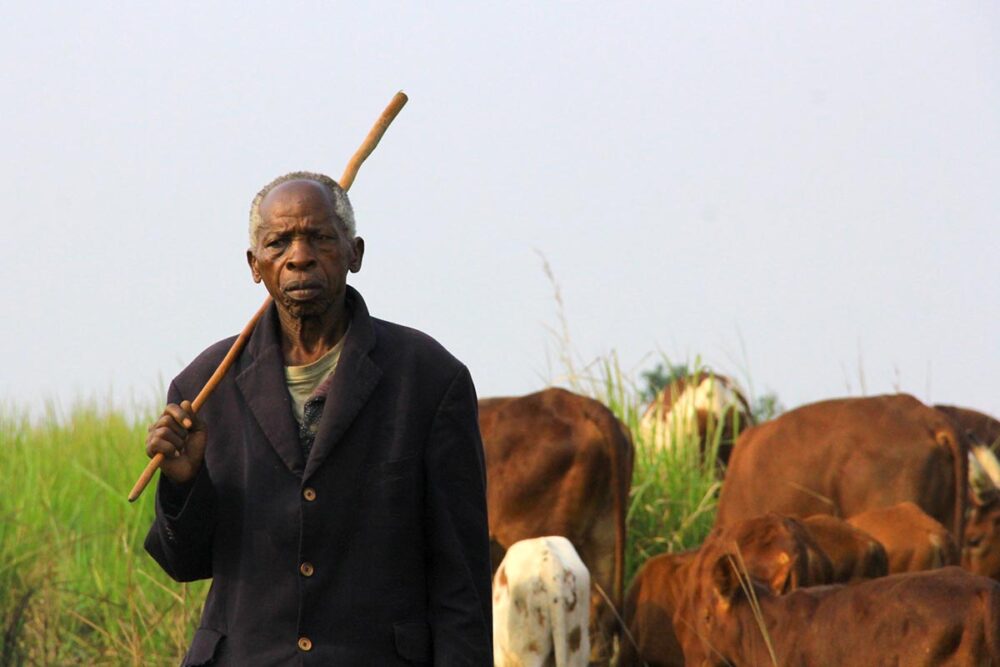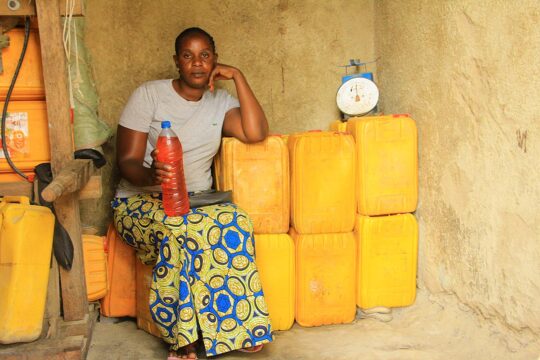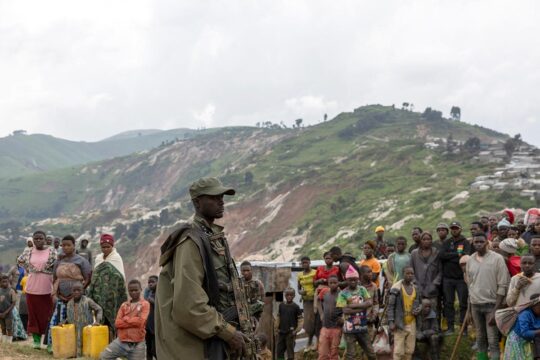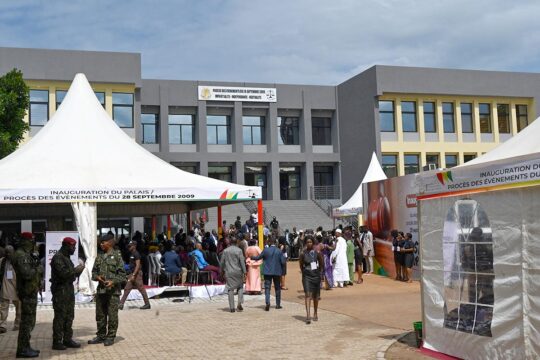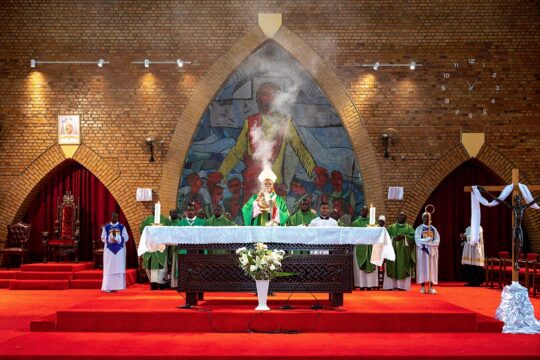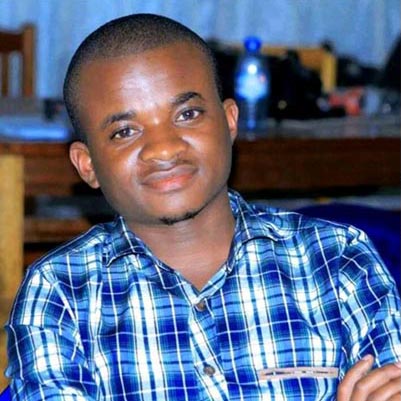In Bogoro, the shadow of the crimes still lingers more than 20 years after the attack. This is a village of herders belonging to the ethnic Hema group. Around it, on the hills clothed in meadows where cows no longer graze, you can sometimes see debris of burnt-out buildings that used to house officials in the cattle-breeding business that fed Ituri. Entering Bogoro from the provincial capital Bunia 25 kilometres away, a path on the right leads us to what used to be the headquarters of vets deployed in Bogoro to look after the cows, the region’s main source of wealth. The ruins of their burnt-out buildings remain, evoking memories for Paul Ibona Kasoro, a livestock farmer who once had the 64 cows he lost in the attack treated here. “We had everything here, including a large veterinary pharmacy. Thanks to the vets, my livestock prospered. With my cows, I was starting to produce an average 40 litres of milk a day, which I sold to feed and look after my children and send them to school. But the rebellion ruined everything,” says the 61-year-old, who is now finding it extremely difficult to restart his livestock business. Now he has to travel long distances to get veterinary supplies that he used to be able to find behind his house. “They burnt down our pharmacy, they killed our livestock, they made us poorer,” he laments, eyes fixed on the debris.
This attack was carried out by fighters from the Force de résistance patriotique de l'Ituri (FRPI) militia and the Front des nationalistes et intégrationnistes (FNI) on February 24, 2003. The International Criminal Court (ICC) in The Hague, Netherlands, later found FRPI commander Germain Katanga guilty of complicity in crimes against humanity and war crimes of murder, property destruction and pillaging for the attack. Katanga was sentenced in May 2014 to 12 years’ imprisonment. He completed his sentence in 2016 (he was put in jail in 2005).
Bogoro has struggled to return to its former life. The churches and schools that were attacked remain abandoned. “Most of the inhabitants who fled, some to Bunia and others to Uganda, never returned to the village, which lost all its vitality,” says the traditional chief, Etienne Kagwahabi Baseke. He lost eight members of his family in the attack, including his father who was shot dead. Those who did return still remember the attack as if it were yesterday. When we arrived on a freezing July Saturday in this village wedged between the Lendu (Djugu territory) and Ngiti-Bira (Irumu territory), Chief Etienne invited us to join him at his farm in Waka.
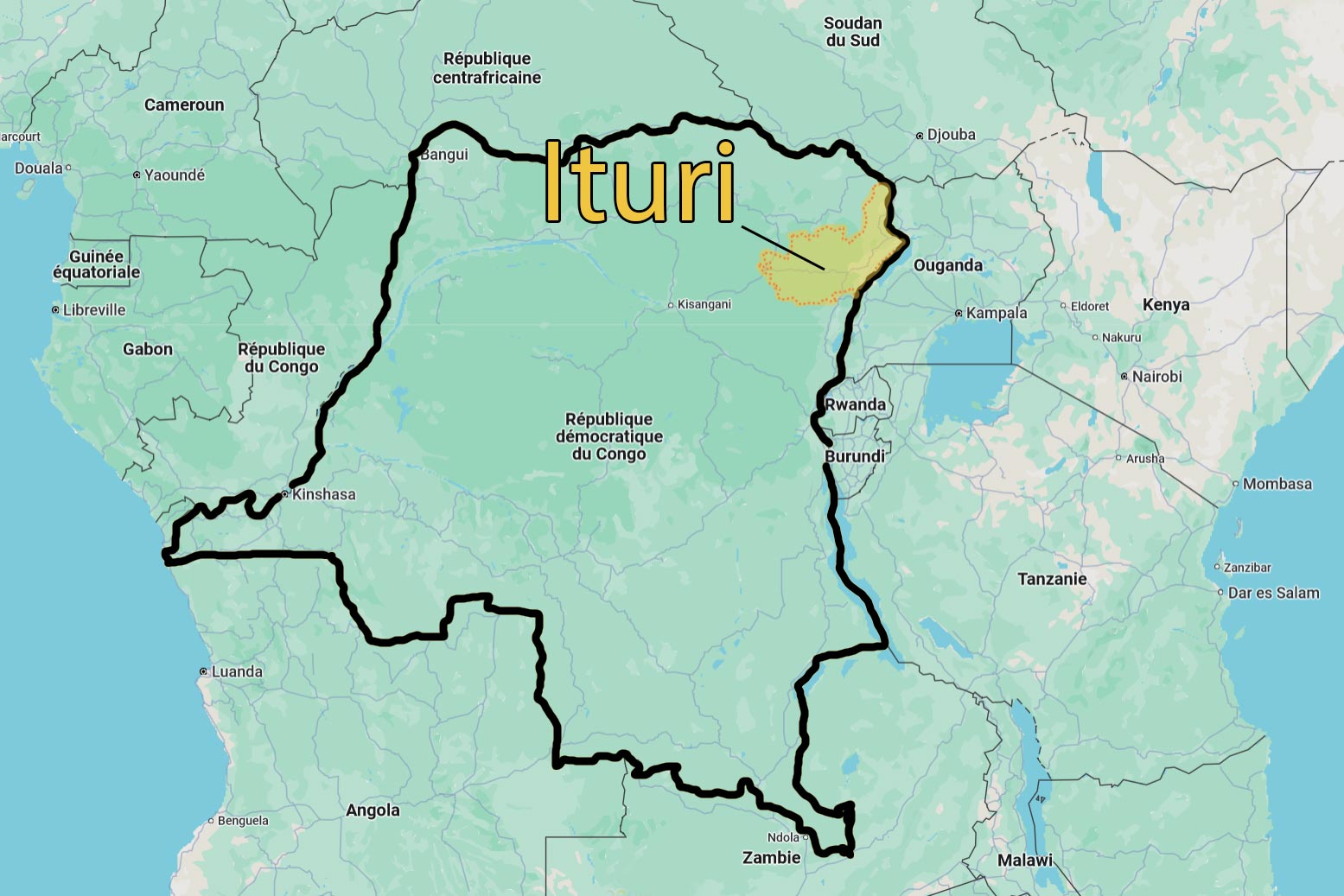
Mass grave
“Waka is quite a story at the ICC. When they [the assailants] attacked our village, it was the valley of this hill you see before you that served as a corridor for some Bogoro inhabitants to escape the massacres. And when we came from Bunia to bury our people, we saw lifeless bodies at the foot of the hill,” he recalls. He agreed to take us on a tour of the massacre sites, to meet victims and survivors and discuss their views on restorative justice.
First stop: the former Institut Bogoro, a secondary school built behind the village’s main crossroads. In this whitewashed building of a few rooms with no doors or windows, dozens of families were decimated by fighters from a militia of the Lendu and Ngiti ethnic groups. They had come to attack their rivals from the Hema ethnic group, who had set up camp on the school premises. Behind the school, now abandoned, weeds have grown on land that looks like a rubbish pit. “People were buried here, in a mass grave. The site might go unnoticed, but when ICC investigators arrived here in 2007 with their police dogs, they spotted human remains buried here. They ordered an exhumation. There were adult and child skulls. They recovered as evidence the skeletons of five people and buried them with dignity at a site we had chosen for our memorial,” says Etienne, standing on the mass grave with his gongo, the traditional cane of the Hema herders.
The site of the memorial where the exhumed remains were found is 100 metres ahead of us. On the spot, the earth is cambered, like the earthen graves in Congolese societies. “Together with the families of the victims, we counted more than 400 dead, people we were able to identify in our village. But there may be more than that, because on the day of the attack, Bogoro was home to dozens of lorries full of passengers who had decided to spend the night in the village for security reasons and who intended to continue their journey at sunrise towards Bunia in the west, or Kasenyi, Tchomia or Uganda in the east. They never woke up because the enemy attacked us early in the morning, and we weren’t able to count them,” says Etienne. He disputes the figure of around 200 people massacred, as put forward in several reports including those of the ICC. According to him, the attack lasted from 4am to 11am.
“It was a surprise attack, and most of the victims were children, women and old people who could not escape,” says agronomist Manano Upiyo Lino, whose house was burnt down by militiamen during the attack. “Bogoro was popular with the white settlers because of its climate, landscape and strategic position. That’s why they had invested here in terms of infrastructure. But everything was destroyed by the war. There are no funds to rebuild our village. Bogoro will never again be the village where life was good.”
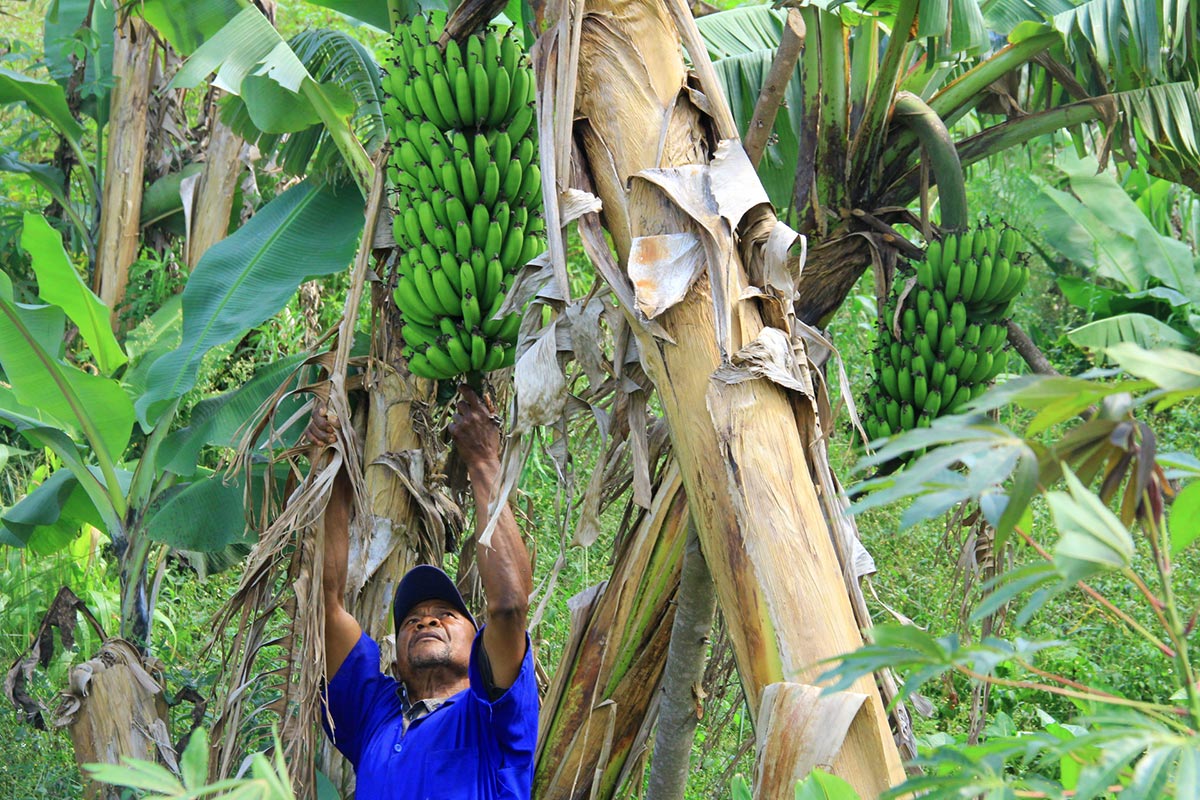
A mixture of smiles and sorrow
In March 2017, the ICC ordered individual reparations totalling one million dollars for 297 of Katanga’s victims. This consists of 250 dollars in symbolic compensation for each victim, plus targeted collective reparations in the form of housing assistance, support for an income-generating activity, educational assistance and psychological support. Given Katanga’s indigence, the ICC Trust Fund for Victims was asked to use its resources for these reparations, which began in 2017 in Ituri and were officially completed in April.
Manano Upiyo Lino is one of the 297 victims to benefit from these reparations. This well-known agronomist from Bogoro told us that, in addition to the symbolic $250, he had received $600 to help his children go to school, $1,650 in housing assistance and $600 in support for an income-generating activity. “The reparations were in line with the damage suffered and the needs expressed beforehand. During the attack on Bogoro, my house was burnt down by the militiamen and the court helped me to build another one,” he says. While delighted with this, he stresses that the amounts allocated were insufficient to cover all the expenses incurred. “The $600 in education aid only helped me to finance one academic year for my child. As for the housing assistance, I had to add to my funds to build a new house,” he explains.
Paul Kasoro Ibona, who lost his house and 64 cows, received $3,000, which enabled him to buy just eight cows. He also received housing assistance. Welcoming us into his newly-built hut, the 60-year-old admits that he can now house his nine children, but will no longer be able to get back his cows, which were his source of wealth. “The ICC has done its bit. It’s just symbolic. We won’t be able to get everything back. Today, I’m sick to my stomach when I remember the wealth I lost during the attack on Bogoro.” The education aid he received only financed his children’s secondary education. “How will they go to university now? I can’t afford it. With my cows, I could easily finance their education,” he laments.
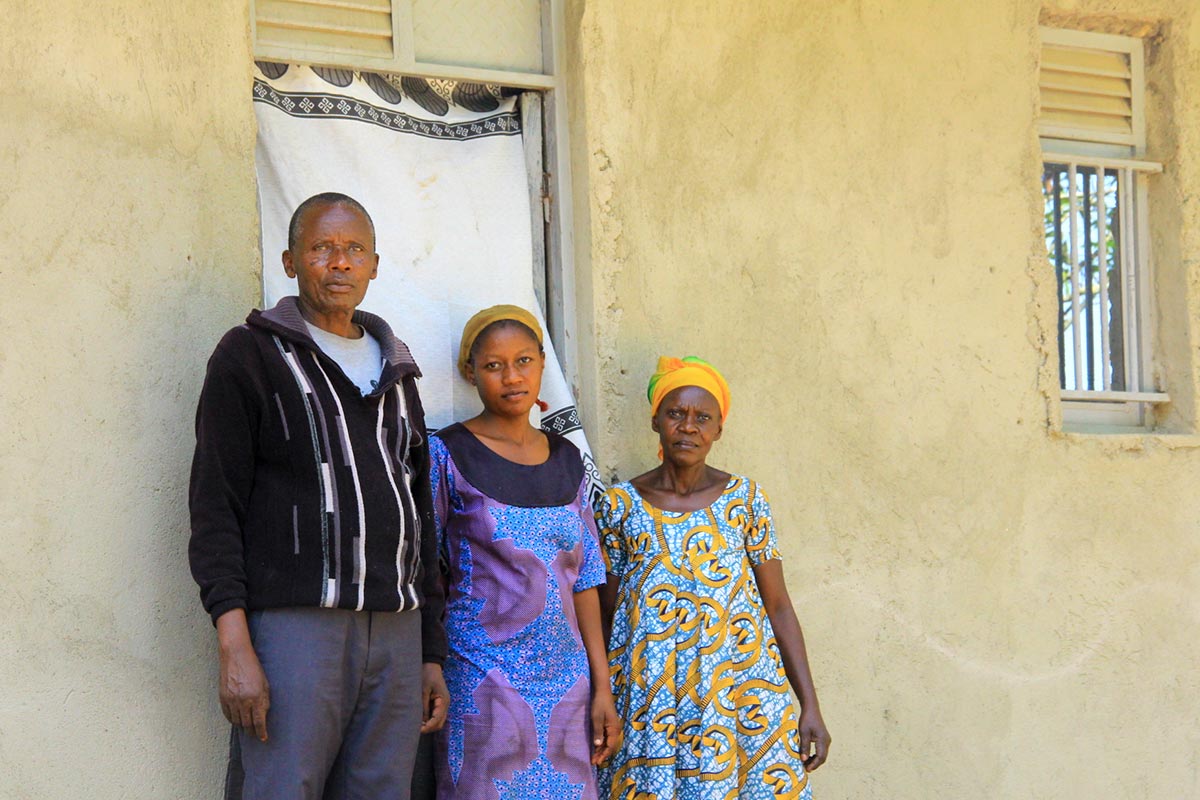
Disappointing aid for small businesses
Some people also benefited from support for entrepreneurship and income-generating activities, but have not done well afterwards. According to them, this is because of the lack of local support and the many taxes imposed by the Congolese government on their small businesses.
During the attack on Bogoro, Mrs. Tibelio’s mother and sister were killed, and her shop was burnt down by militiamen. In addition to $600 in educational support, the Trust Fund for Victims helped her to open a shop where she sold basic necessities (soap, sugar, salt, oil) as well as foodstuffs (rice). As we pass by, she welcomes us into her house, where she now sells beer to survive. She was forced to close her small business because of government taxes.
In the absence of support that could include lobbying for tax breaks, many beneficiaries say that they, like Tibelio, are finding it hard to get by in their income-generating activities. Manano, an agronomist who received aid for fuel trading, has decided to reallocate his funds to agriculture. He takes us on a tour of his one-hectare field on the outskirts of Bogoro, where he grows market garden produce (cabbages, peppers) and food crops (cassava, maize, beans and bananas). “With the fuel trade, I couldn’t get by. With the money I had left over, I decided to strengthen my field instead,” he explains, gazing admiringly at his crops. “Part of the harvest helps me to feed my family, another part goes to the market, and the income helps me to pay for care and schooling. The $600 I received in education aid wasn’t enough to pay for my eight children’s schooling.”
Chef Etienne, as he is known to his co-villagers, believes that the failures recorded in the income-generating activities (IGAs) are partly due to the poor decisions of the beneficiaries. “The choice of IGA was only declarative. When they saw greenbacks, many thought they could dare anything and get away with it. Those who had never done business before tried to do so without solid support, but unfortunately they didn’t succeed.”
Return of the militias
The other challenge that seems to be marring restorative justice in Ituri is that it has been unfolding while the region has been experiencing a new cycle of violence fuelled by militia activism since 2017. Bogoro is wedged between the lands of Djugu, where the Lendu CODECO (Cooperative for the Development of Congo) and Hema Zaire militias are rampant, and the lands of Irumu, where the Ngiti militias of the FRPI and the Bira of Chini ya Kilima (“at the foot of the mountain” in Swahili) are rampant. Although they have waited impatiently for the reparations, the victims believe that these were “implemented at the wrong time”.
“The timing of the reparations was not right. The militias are all around Bogoro. A militia camp is nearby. Among those who chose livestock reparation, many have lost at least 50% of the cattle purchased by the Fund for the benefit of the victims,” says Chef Etienne. In Bogoro, Justice Info spoke to three livestock farmers, who each confirmed that they had lost more than half the livestock purchased with funds received from the compensation programme.
Baudouin Balisasa Kagwahabi, the chief of Ada, one of the villages in the Babiase group of which Bogoro is the capital, claims to have received $4,050 from the Fund. This enabled him to buy 10 cows to restart his livestock business, more than 15 years after losing his 25 cows to militiamen during the attack. Unfortunately, the militiamen came back to strike this Hema farmer. “I was starting to rebuild my farm and everything was getting better and better. Unfortunately, FRPI militiamen began to prowl around the village. I took my cattle to a farm in Berunda, which was unfortunately attacked by CODECO militiamen, and they took six of my cows. Today, I only have four left, and I don’t know where to keep them,” he complains. He had thought that these reparations, the only ones he has received, might wipe away the tears caused by the death of four members of his family and the burning of his house during the 2003 attack.
Like Baudouin, Kiza Nzungu Bwanafasi and his two children lost their 150 cows in 2003. This former large-scale farmer claims that he and his children received a sum of money that enabled them to buy 30 cows, ten each. They added these to the dozens of other cows they had managed to buy while their executioners were on trial in The Hague. Unfortunately, during a raid on his farm on the outskirts of Bogoro in 2021, armed men whom he presumed to be FRPI militiamen, took 35 of his cows.
Bitterness
In the early hours of this Sunday morning in July, at around 7am, we return to Bogoro, where Bwanafasi has promised to show us the cows still remaining in his herd. Dressed in a black jacket and wearing one of those cowboy hats that farmers love, the septuagenarian holds his walking stick in his hand and leads us down a path that ends at a farm behind Waka hill, that sad corridor of death, where his horned cows are waiting to be taken out to pasture. “All I have left are these cows. I've been reduced to around 50 again, when we were already close to 100. We’re now afraid to invest in this context of insecurity, and I don’t know how we’ll be able to make a living again,” worries the ageing man, who lost his two sons and three daughters in the Bogoro attack.
Paul Kasoro Ibona, who saw five of the eight cows he had bought with the $3,000 he received from the ICC taken by CODECO militiamen to a farm in Kotoni, 5 km from Bogoro, has decided to sell his three remaining cows. He therefore has nothing left to show for the livestock aid he received from the Court. “If they really wanted to help us, they should start advocating for the stability of our environment. The ICC is the international community. The great powers that be can do anything if they want to. Coming to help us when the enemy was at the door was a risk. It is as if we received nothing,” Baudouin Balisasa Kagwahabi complains.
Eternal trauma
The Fund claims to have invested more than $80,000 in the implementation of psychological support activities. This includes de-traumatisation sessions. But in the eyes of many beneficiaries, the growing insecurity has also rendered the psychological assistance they have received useless. “We live in an eternal state of trauma. What troubles us is that we have never had peace. Today, people are still being killed around Bogoro, people are being abducted and we are afraid of reliving what happened in 2003,” says Tibelio.
“When the locals hear the sound of boots, they tell us that this is how things started in 2003, before our relatives were killed,” says Chef Etienne, who thinks the crimes of 2003 are being repeated. And Mrs. Tibelio agrees: “The CODECOs are partly made up of former Katanga militiamen. They still have weapons. Worse still, the militias have multiplied, there are more than in 2003,” she says. “The people who gave us psychological treatment called on us to turn the page on the bad experience, but how are we going to forget it when people are still being killed every day? Psychological reparation is a failure because we are still living in fear.”


